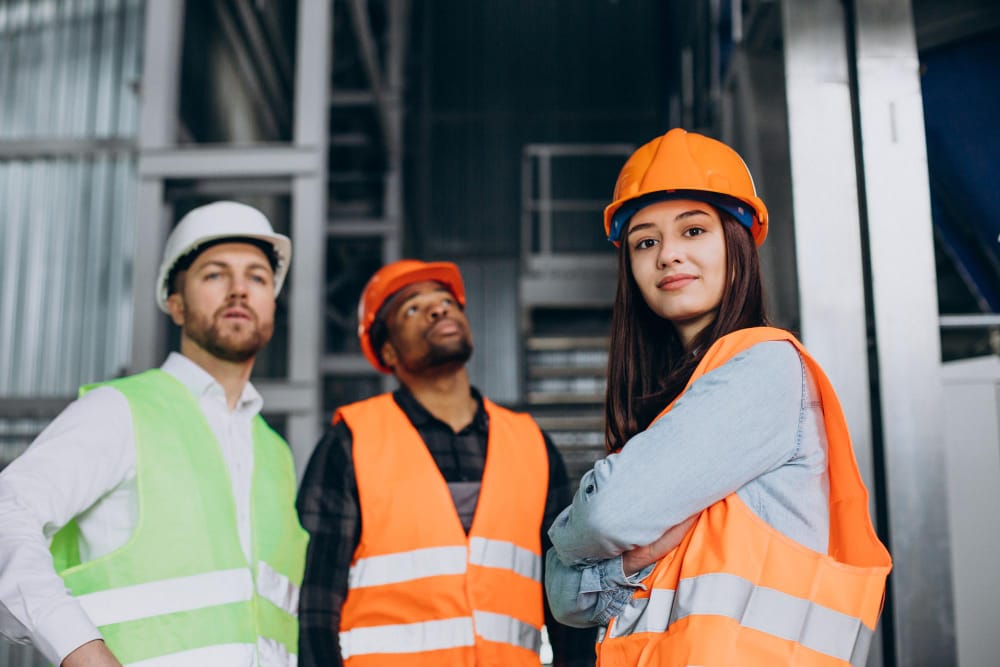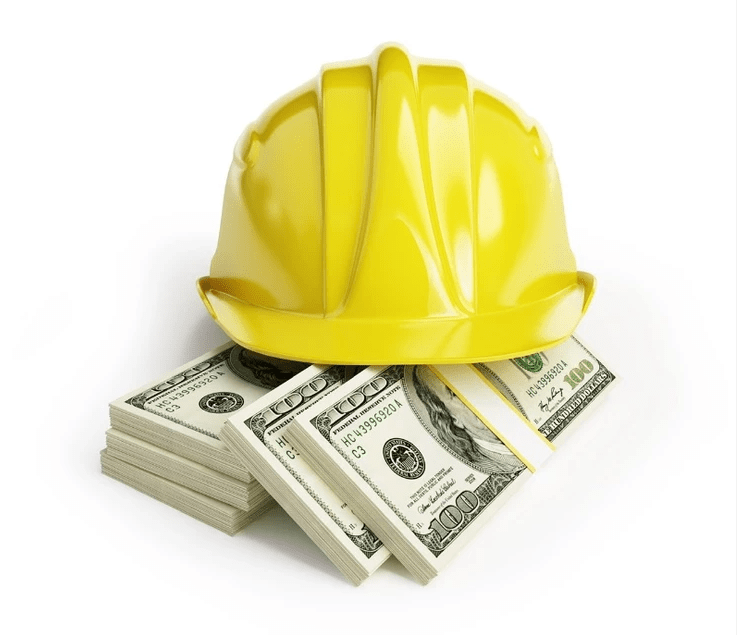Call us at +1 (917)-745-6877 for more info or click here
Improving safety is a key goal in the field of construction, and many new technologies and innovations can help with this. One of these includes personal safety sensors.
There are many different types of sensors that have safety use cases in construction. As such, they can be a valuable tool in improving overall safety.
👷 Personal safety sensors are devices that monitor your workers’ status and alert them to danger and potential safety issues. They are a part of protective equipment that you can accessorize or attach to your clothing so that workers can have them on their person.
These sensors provide real-time information on your team’s safety and well-being so that you can immediately tell when something is wrong.
With this advanced technology, you can better monitor occupational health and safety risk factors commonly found on a construction site.
The wearable sensor industry is rapidly expanding. And we’re now seeing an increase in the research and development of sensor technology for construction teams.
Below is a list of different sensor types and their applications in construction safety.
Pressure sensors are electronic devices that sense changes in pressure and convert these changes into electrical signals. They measure blood pressure and foot pressure and monitor pulse rates.
Changes recorded on pressure sensors provide information on the vital signs, emotional state, cardiovascular health, and other human physiology changes of your construction workers. This ensures you can rely on pressure sensors to monitor and predict potential health risks your workers may suffer.
Some pressure sensors can measure altitude changes. So, you can use them to enhance safety precautions, especially in a construction site where falls are highly likely. This safety feature allows you to respond rapidly when a worker falls, increasing your chances of providing potential life-saving medical care.
Wearable temperature sensors rely on increasing and decreasing skin temperature to monitor the health of your construction workers. The biggest advantage of monitoring your workers’ temperature levels is it helps you protect them from suffering from extreme temperature conditions.
Some other temperature sensors can monitor local air temperature. As such, you can monitor the weather conditions your workers operate in and take the necessary precautions in extreme conditions.
Location sensors rely on sensor-based location technologies like GPS (global positioning system), RFID (radio frequency identification), WLAN (wireless local area network), UWB (ultra-wideband), and Zigbee to help you track the location of your workers.
So, whether your workers on construction sites are indoors or outdoors, you can easily track where they are. Your improved tracking ability means you can easily locate a worker in case they get lost or trapped.
Air quality sensors provide real-time information on air quality whether you’re working indoors or outdoors.
Construction workers are regularly exposed to air pollutants such as dust, chemicals found in paints, glues, and thinners, and gasses like carbon dioxide, hydrocarbons, nitrogen oxides, and carbon monoxide.
Now, wearable air quality sensors make it easier to notify workers on construction sites of the immediate need to leave areas with unsafe air pollution conditions.
Motion detector sensors rely on activity pattern recognition algorithms to provide the quality, type, and quantity of your workers’ mobility-related activities.
Data on walking distance, duration, speed, smoothness of movements, stride duration, stride count, and gait asymmetry help provide a detailed analysis of workers’ activities.
Sensor technology is revolutionizing safety processes in construction work by increasing reliability, efficiency, and lower error rates. The following details the different ways construction industry experts use safety sensors.
There’s no denying that personal safety sensors play an important role in avoiding potential safety hazards. However, in an unpredictable construction environment, they also act as your eyes and ears.
Safety sensors increase your construction teams’ ability to communicate and collaborate thanks to their wireless capabilities, smartphone or tablet companion apps, easy data-sharing capabilities, and detailed dashboards. And that’s made possible by the real-time data they provide on your workers’ locations, health status, and environmental conditions.

One of the many hardships the construction industry faces is losing skilled workers due to accidents, injuries, and deaths. Construction firms now have to deal with labor shortages as the demand for skilled workers increases.
Luckily, with the latest advancements in personal safety technology, real-time safety monitoring is now possible. With this, comes the improvement of worker safety.
Data collected helps workers better track their health and physical conditions. It also helps contractors and building owners react promptly during emergencies and set up the proper safety mitigations regarding dangerous exposure.
The current safety sensor market has many products with varying features, specifications, and performances. Below is a list of some of the top safety sensors on the market:
Improving and protecting your employees’ health, safety, and productivity is vital in the construction industry. That’s why you need a trusted partner who’ll help you digitize all your work processes on a single platform.
SkillSignal eases the process of educating and connecting your workers to your safety goals. This lets you eliminate and control potential risks in real-time, giving you peace of mind.

Construction is one of the main contributors to the United States economy. Over 680,000 people work as employers, while over 7 million work as employees.…

Health and safety in the construction industry are not to be taken lightly. This seems like a given due to the high-risk nature of the…

Construction’s mental health crisis is very real. There are many factors that contribute to mental health issues, however construction workers don't have it easy to…
Selected as #1 by top ENR General Contractors. Loved by thousands of Trade Contractors across the US.




















